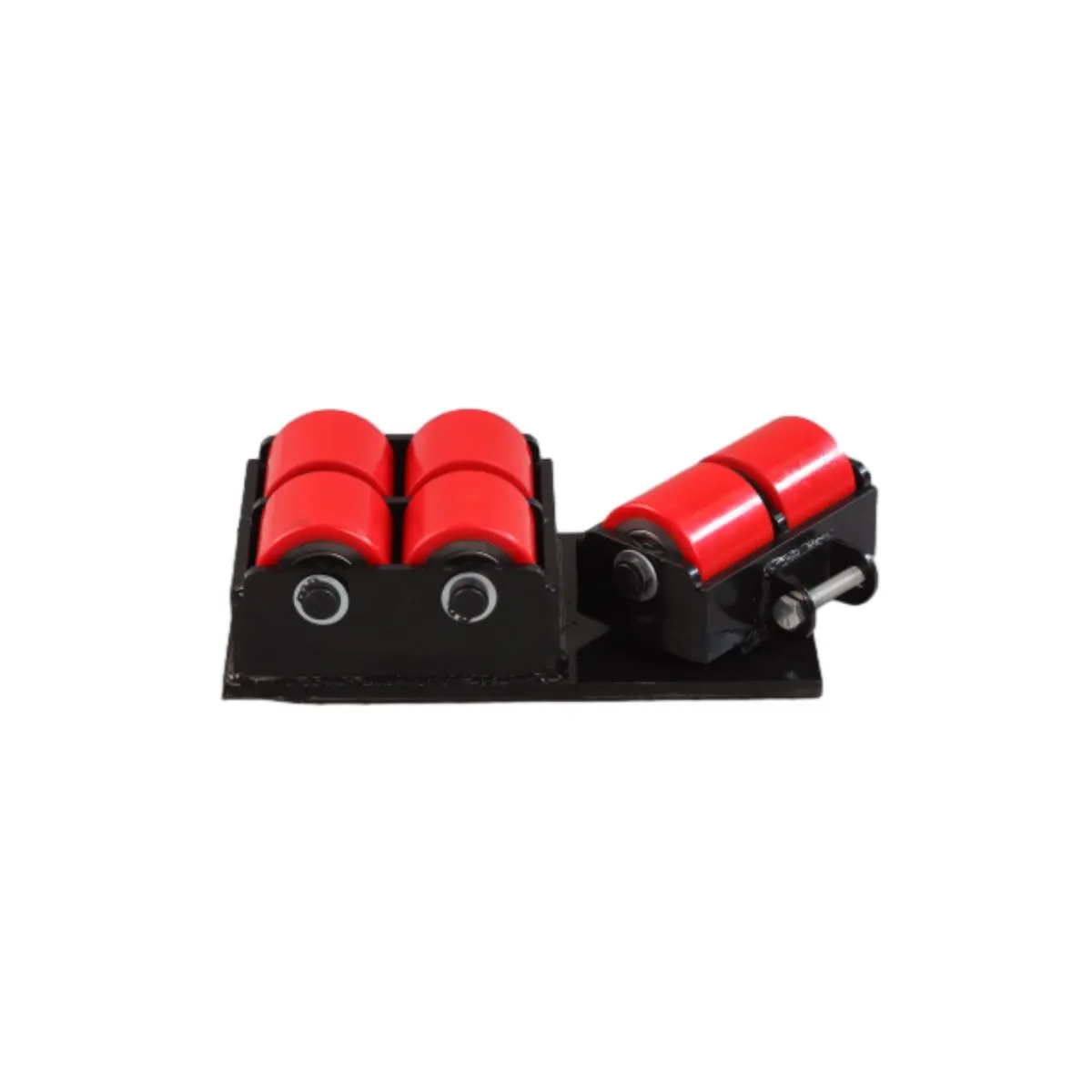Versatile Roof Gantry Crane Solutions for Efficient Material Handling and Construction Projects
Understanding Roof Gantry Cranes An Essential Tool in Modern Construction
In the realm of construction and heavy lifting, roof gantry cranes stand out as essential equipment that facilitates the movement of heavy materials and equipment. This article explores the various aspects of roof gantry cranes, including their design, functionality, advantages, and applications.
What is a Roof Gantry Crane?
A roof gantry crane is a type of overhead crane positioned on a gantry structure that runs on rails or wheels, typically installed on the roof of a building or an industrial area. These cranes are designed to lift and transport heavy loads across a defined area, providing unprecedented flexibility and efficiency. They are often employed in environments where traditional cranes cannot operate effectively due to space constraints.
Design Features
The design of a roof gantry crane incorporates several essential components
1. Gantry Structure This is the frame that supports the crane's movement. Made from durable materials, the gantry structure ensures stability and strength while carrying heavy loads.
2. Hoist Mechanism The hoist is responsible for lifting and lowering the load. It can be operated electrically or manually, and many modern hoists come equipped with advanced safety features such as overload sensors.
3. Traversing System The crane can move horizontally along the gantry, often supported by wheels that run on tracks. This lateral movement is crucial for placing materials accurately at different locations.
4. Control Systems Modern roof gantry cranes are equipped with sophisticated control systems that allow operators to maneuver the crane easily and safely, often from a distance.
Advantages of Roof Gantry Cranes
Roof gantry cranes offer numerous advantages that make them a preferred choice in many construction projects
1. Space Efficiency In confined spaces, roof gantry cranes can maximize vertical space utilization. They operate above ground level, freeing up essential floor space for other activities.
roof gantry crane

2. Enhanced Safety These cranes are designed with multiple safety features, including emergency stop buttons and limit switches, reducing the risk of accidents on site.
3. Cost-Effectiveness Although the initial investment may be significant, the operational efficiency gained through the use of roof gantry cranes can lead to substantial cost savings over time. They reduce manual handling and the potential for injury, which can further lower workforce compensation costs.
4. Ease of Operation Equipped with advanced controls, roof gantry cranes can be operated with minimal training, increasing productivity and decreasing the likelihood of operational errors.
5. Versatility Suitable for various applications—from heavy industrial settings to construction sites—roof gantry cranes can handle diverse loads, making them highly versatile tools.
Applications
Roof gantry cranes are utilized in several sectors beyond construction, including
1. Manufacturing In factories, these cranes are essential for transporting materials between production lines, ensuring streamlined operations.
2. Warehouse Operations Roof gantry cranes can maximize storage space in warehouses, allowing for the efficient movement of goods.
3. Shipyards In shipbuilding and repairs, roof gantry cranes facilitate the handling of heavy components that are difficult to manage manually.
4. Logistics In logistics centers, these cranes are invaluable for managing heavy shipments and optimizing loading and unloading processes.
Conclusion
In conclusion, roof gantry cranes are invaluable assets in the construction industry and beyond, offering unparalleled efficiency, safety, and versatility. Their ability to operate in confined spaces while handling heavy loads makes them an essential tool for modern construction and heavy lifting operations. As technology continues to evolve, we can expect further innovations that enhance the functionality and safety features of these cranes, solidifying their role in shaping the future of construction and material handling.
-
Unlock Seamless Relocation with Our Heavy Equipment Moving ExpertiseNewsJun.06,2025
-
Unleash Unrivaled Flexibility with Our Adjustable Gantry CraneNewsJun.06,2025
-
Unleash Heavy-Duty Efficiency with Our Industrial Gantry Crane SolutionsNewsJun.06,2025
-
Revolutionize Steel Handling with Our Magnetic Lifter RangeNewsJun.06,2025
-
Master Equipment Mobility with Premium Machinery Mover SolutionsNewsJun.06,2025
-
Elevate Your Material Handling with Magnetic Lifter TechnologyNewsJun.06,2025
-
YS Permanent Lifting Magnets: The Smarter Way to Handle SteelNewsMay.22,2025
